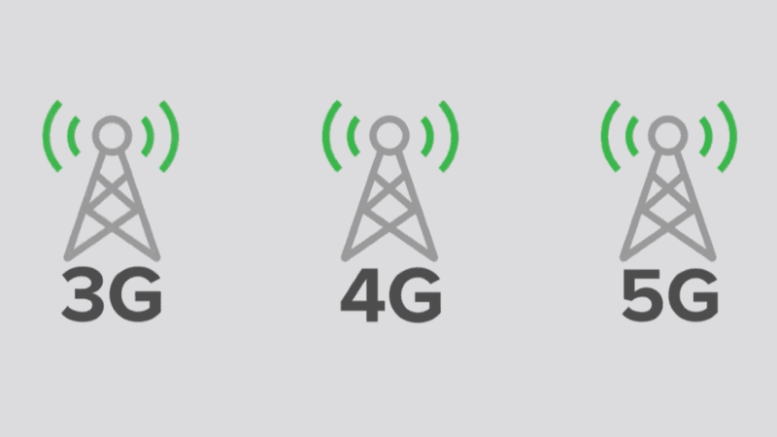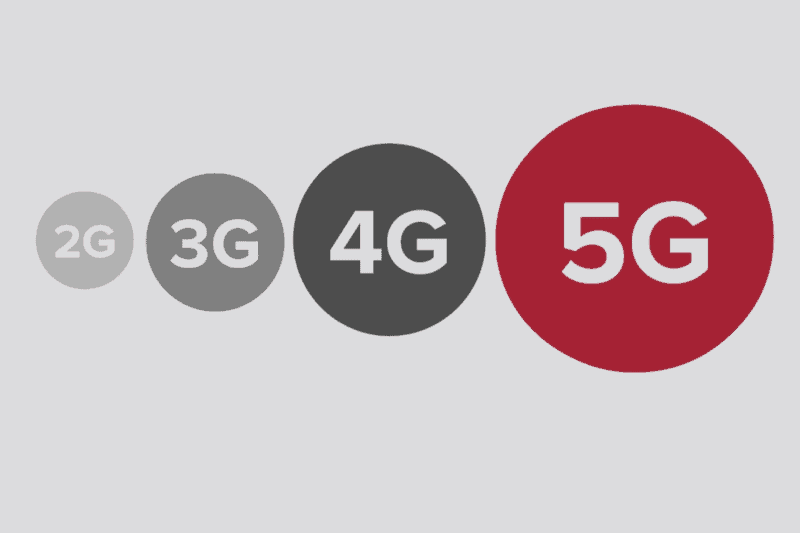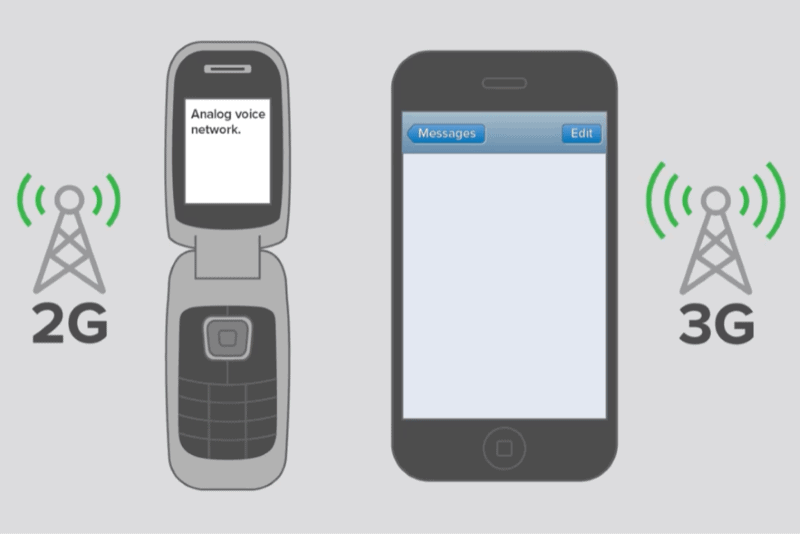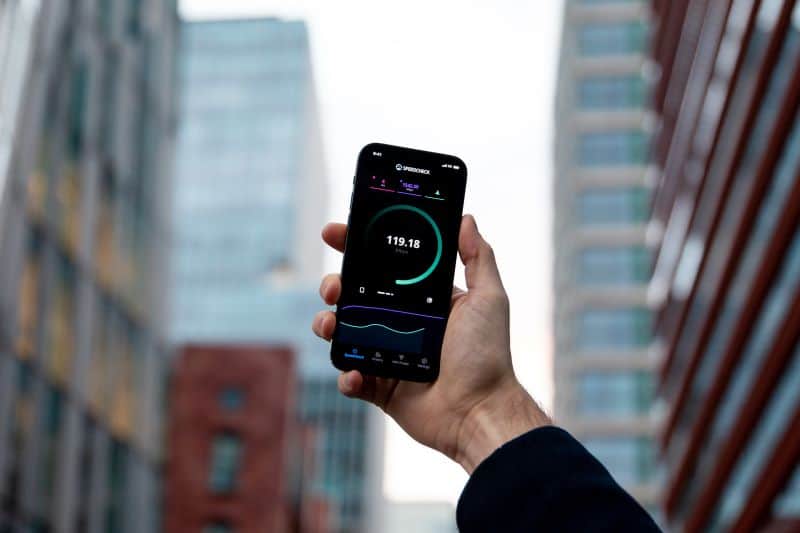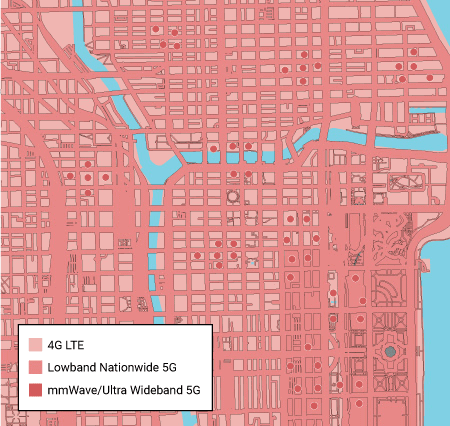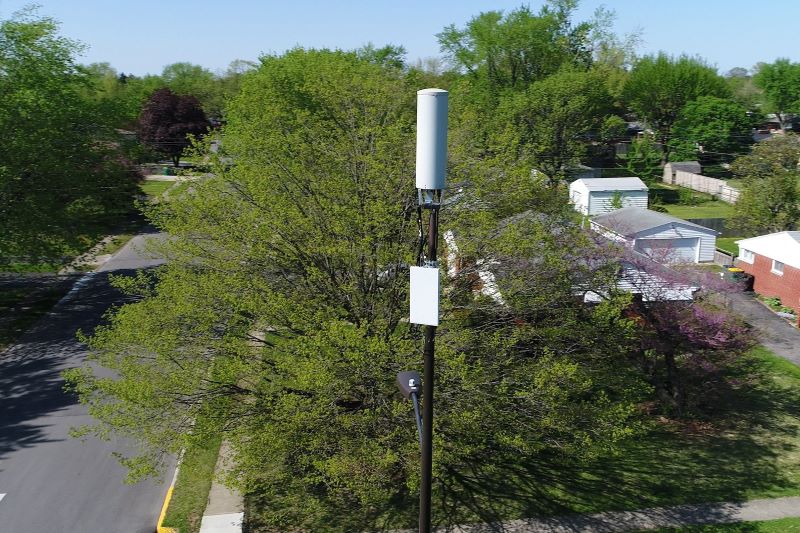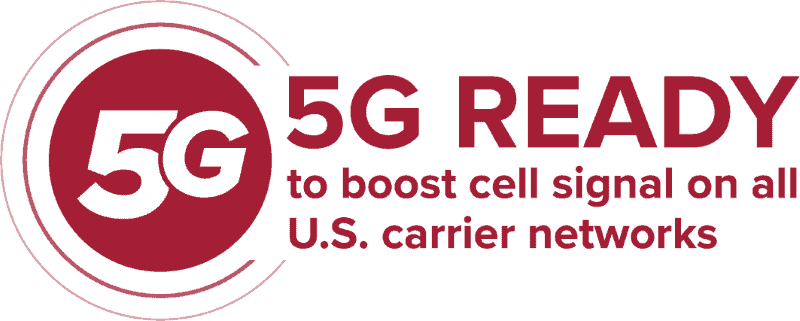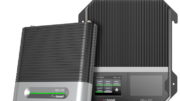Reprinted with permission from the weBoost Blog.
5G development is moving forward at full speed. As we look toward the future of a 5G-connected world, it’s important to understand that 5G is more than a minor enhancement. It’s a technological revolution.
As such, the hype around fifth generation wireless has spurred rumors, misconceptions, and myths about its potential and impact. With carriers rolling out their 5G networks and more devices becoming 5G compatible, users need to be able to separate the myths from the reality.
Let’s look at the facts and fiction surrounding 5G towers, networks, devices, and future connectivity.
Fact: 5G is the latest generation of cellular networks.
5G builds upon previous generations of cellular network technology to bring you lightning-fast speed over a cellular connection. Mobile networks have come a long way in the decades since 1G was first introduced.
Here’s a quick rundown of the differences between 1G, 2G, 3G, 4G LTE, and 5G mobile networks:
1G Networks
Released: 1979
Maximum Speed: 2.4 Kbps
Rolling out in the 1980s, the first generation of mobile technology introduced the world to analog cell phones. 1G allowed users to make voice calls, but it came with poor battery life, less reliability, and lower call quality.
2G Networks
Released: 1991
Maximum Speed: 50 Kbps
Introduced in the 1990s, second generation networks transitioned from analog to digital standards, including GSM and CDMA. 2G ushered in digital voice communication and simple SMS texting.
3G Networks
Released: 2002
Maximum Speed: 3 Mbps
Third generation networks enhanced mobile data capabilities to allow for image sharing, GPS tracking, and web browsing. 3G networks are currently in the process of being decommissioned by the end of 2022, but they still matter to users that have limited access to next generation mobile networks.
4G Networks
Released: 2009
Maximum Speed: 100 Mbps
Beginning in 2009, fourth generation networks are all about data, high-speed mobile internet, HD multimedia streaming, and enhanced smart device capabilities. With download speeds 10 times faster than 3G, 4G LTE is operating in full force today.
5G Networks
Released: 2019
Maximum Speed: 20 Gbps
First launching in 2019 in limited areas, fifth generation networks are designed for a connected world. With lower latency and fiber-like speed over a cellular connection, 5G is a dramatic improvement on today’s 4G LTE. However, the lightning-fast speeds of mmWave 5G have a limited range and coverage area. Carriers are currently bridging the gap in 5G coverage by leveraging the existing 4G LTE network to support carrier aggregation.
Fiction: 5G makes 4G LTE obsolete.
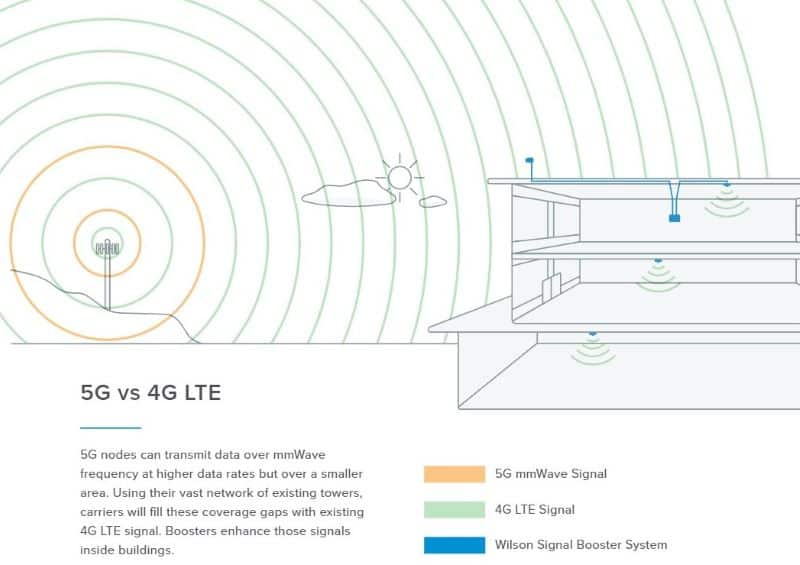
As the next generation of cellular connectivity, 5G is expected to replace 4G LTE at some point in the future. But experts believe that full 5G adoption is still decades away. As it currently stands, 4G LTE is here to stay. While mmWave 5G networks support higher data rates, they can only provide coverage to a small area.
Known as carrier aggregation, emerging 5G technology combines existing 4G LTE frequencies to achieve a wider spectrum and better performance. The majority of smartphone users will continue to rely on the 4G LTE network well into 2030 and beyond.
Fact: Carrier rollout of 5G has already begun.
T-Mobile, AT&T, and Verizon all offer 5G coverage. 5G standards operate on a range of frequencies, including the low-band, mid-band, and high-band wavelength spectrum. High-frequency millimeter waves (mmWave) don’t travel long distances and are easily blocked by common building materials. For that reason, 5G mmWave networks are limited in availability and will require time and infrastructure to fully roll out.
Major carriers currently operate Nationwide 5G, which uses existing 4G LTE frequency bands. Carrier aggregation combines multiple channels and bands to allow more data to transfer at faster speeds. Combine this with Dynamic Spectrum Sharing (DSS), and 5G Nationwide can run 4G LTE and 5G simultaneously.
Here’s a quick rundown of 5G coverage for each of the major carriers.
Verizon
- 5G Nationwide:
- Uses existing 4G LTE on the low-band spectrum.
- Available in over 2,700 cities across the country.
- 5G Ultra Wideband
- Uses mmWave 5G on 28 GHz spectrum.
- Available only in parts of 65 select cities.
Visit the Verizon coverage map to see what network is available in your area.
T-Mobile
- 5G Extended Range (Nationwide 5G):
- Uses existing 4G LTE on the low-band spectrum.
- Utilizes low-band 600MHz spectrum on Band 71 to support greater speed and capacity.
- Available in over 8,300 cities and towns.
- 5G Ultra Capacity
- Combines mid-band and high-band 5G signals.
- Available in parts of more than 100 select cities.
Find out if T-Mobile 5G is available in your area with this coverage map.
AT&T
- Nationwide 5G
- Uses existing 4G LTE on the low-band spectrum.
- Available in 14,000 cities and towns.
- 5G+
- Uses the mmWave spectrum to deliver 5G.
- Available in select areas and venues in 38 cities.
If you currently use AT&T, then check to see if 5G coverage is available in your area.
Major carriers throughout the United States are working to improve the availability of their 5G networks. This process will involve building new 5G towers, deploying small cell 5G networks, and upgrading existing towers with 5G technology.
Curious about what 5G towers look like? Here’s a look at a 5G node from Verizon:
Fiction: All smartphones are compatible with 5G networks.
If you want to take full advantage of mmWave and Ultra Wideband 5G, then you will need to upgrade to a 5G-capable phone. While you may still see higher speeds and data rates on your current device, this improvement is from 4G LTE carrier aggregation. This technique enhances 4G LTE performance but does not actually provide the fiber-like speeds mmWave 5G promises.
But as high-band millimeter wave technology expands, you can expect to see more 5G-compatible phones and devices enter the market.
Fact: 5G-compatible devices are available today.
With 5G networks expanding across the United States, it should come as no surprise that you can now purchase a 5G-ready device. There are already a range of 5G phones on the market today, and this offering is expected to grow.
Here’s a look at 5G-compatible phones available today:
- Apple iPhone 12:
- 12 mini
- 12 Pro
- 12 Pro Max
- Samsung Galaxy:
- S20
- S20+
- S20 Ultra
- S21
- S21+
- S21 Ultra
- Note20
- Note20 Ultra
- Z Fold2 5G
- Z Flip 5G
- A71 5G
- A51 5G
- Google:
- Pixel 5
- Pixel 4a 5G
- OnePlus:
- 7 Pro 5G
- 8 5G
- 8 Pro
- 9 Pro
- LG:
- V60 ThinQ 5G
- Wing
- Velvet
- Motorola:
- Edge+
- Razr 5G
Because 5G will not be replacing 4G LTE anytime soon, all 5G-ready phones will still be compatible with existing 4G networks.
Fiction: 5G makes cell signal boosters obsolete.
With 5G on the horizon, you may wonder what next-generation mobile networks will mean for cell signal amplifiers. From ultra-high transmission speeds to game-changing low-latency connections, mmWave 5G has the potential to revolutionize the modern world.
The high frequencies that give 5G technology so much promise also make it more difficult for 5G signals to pass through common building materials and provide the same coverage we get with 4G LTE. For this reason, cell signal boosters will remain crucial to future generations of cellular networks. With both man-made and natural obstructions continuing to get in the way, cell signal amplifiers will work to overcome these common obstacles.
Since 5G infrastructure is being built alongside existing 4G networks, 4G LTE is expected to act as a fallback when a mobile user doesn’t have 5G coverage in their area. weBoost cell signal boosters work on every network and on any U.S. carrier — helping users overcome network challenges and achieve a stronger, more reliable signal.
Fact: weBoost cell signal boosters will work in a 5G world.
In an effort to provide the best possible signal to more customers, major carriers will continue expanding their offering of low-band, Nationwide 5G. weBoost cell signal boosters are 5G-ready and work with every U.S. carrier.
Ready to upgrade to 5G?
If you’re ready to make a change, call Signal Connect to upgrade your phone and plan to 5G. The number is 888-233-7563. We can also help you choose a 5G-compatible cell booster so that you’ll get the fastest possible speed inside and outside.

